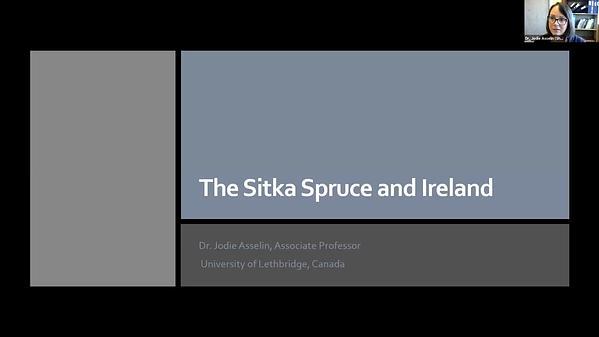Would you like to see your presentation here, made available to a global audience of researchers?
Add your own presentation or have us affordably record your next conference.
keywords:
multispecies
ecology and environment
political ecology
Counted among the oldest tree species in the world, the kauri (Agathis australis) is believed to have been growing on Earth for 190-135 million years. 700 years ago, when the ancestors of Māori arrived in Aotearoa/New Zealand, they gazed in awe at those magnificent wooden pillars that separate Mother Earth and Father Sky. Kauri was revered as an atua (forefather) and become a major agent within the Māori world. 200 years ago, the British Empire also gave kauri a crucial role, this time, fueling the economic machinery that would make the colony a “civilized” land. Of an original area of 4,609 square miles, the ravage of the colonial rule reduced kauri forest to 540 square miles, fragmented in multiple patches depleted of their biggest trees. The prospect of extinction forced the adoption of conservation laws. Later, a different serial killer, a microscopic one, attacked. This paper is informed by the ethnographic study of the Aotearoa/New Zealand national effort to halt Phytophthora agathidicida and prevent the dieback of the kauri forest by bringing together science and mātauranga Māori (local indigenous knowledge). This presentation proposes a reflection on human-tree relationships over time, from veneration to profit, from clear-cutting to full protection, from biosecurity research and policy-making to rongoā Māori (traditional healing). Revisiting a long struggle for recognition, authority and the possibility of co-existence, this paper describes a story of multispecies survival amidst a human-made environmental collapse

